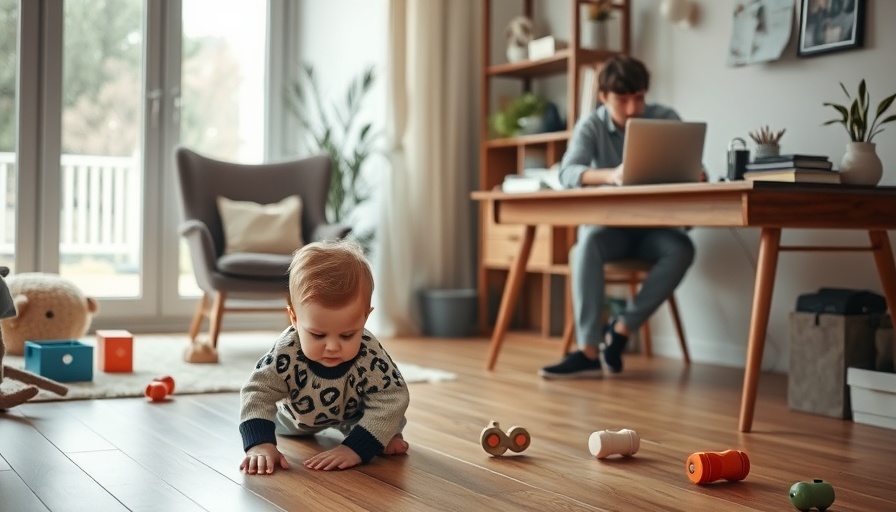
How Climate Change Is Threatening Our Daily Comfort
Climate change is no longer a distant threat; it's a current reality impacting the comfort and safety of our homes. Research commissioned by the Natuur en Milieufederaties reveals that a striking one in three Dutch residents is concerned about the implications of climate change on their living environment. This anxiety is especially acute among young people, with nearly half (46-48%) of those aged 18 to 34 expressing significant worry over issues such as intense heat waves, heavy rainfall, and prolonged droughts that jeopardize their ability to enjoy their homes.
Younger Generations: A Heightened Awareness
It is particularly noteworthy that younger generations demonstrate a sharper awareness of climate risks. Annie van de Pas, director of the Natuur en Milieufederaties, points out that these young adults are not only looking toward the future but are also acutely aware of the current dangers, using the example of Enschede's floods from last year that rendered numerous homes uninhabitable. In contrast, residents over the age of 35 show less urgency about their living conditions, even though they are also affected. This discrepancy highlights a broader social issue: the direct impacts of climate change are felt differently across age groups.
Feeling Lost Amidst Actionable Steps
While many express a desire to act—over a quarter of Dutch adults want to prepare for extreme weather—an alarming number feel uncertain about how to begin. This confusion is magnified among younger populations, where nearly half are unclear about effective measures to take. Van de Pas emphasizes that substantial changes can be made without formal permissions, urging communities to collaborate on simple solutions. For instance, neighbors can collectively decide to plant greenery or install rain barrels, promoting not only microclimate resilience but also community bonding.
Why Many Are Still Hesitant to Act
A persistent concern inhibits action: the belief that adaptations to homes for climate change are prohibitively expensive. This barrier is especially felt among younger people, with 50% of them indicating costs as a major roadblock. Yet, as Van de Pas suggests, affordable alternatives are available—like using second-hand shading devices instead of energy-draining air conditioning systems. Simple changes can lead to impactful outcomes; replacing even a small section of impermeable surfaces with vegetation can create a cooling effect and contribute to larger environmental goals.
Collective Responsibility: A Call to Action
As the risks of climate change intensify, the importance of community awareness and individual preparedness cannot be overstated. Van de Pas advocates for a vision where if just one-quarter of households in the Netherlands convert part of their pavement to pervious surfaces, it would yield a climate-resilient area equivalent to hundreds of soccer fields. Such collective actions not only enhance cooling effects in neighborhoods but also foster social connections, fortifying the fabric of communities facing climatic challenges.
Conclusion: Stay Updated and Engaged
In light of these revelations, it's crucial for environmentally conscious individuals to stay informed and take proactive steps to safeguard their living environments against the effects of climate change. Commit to learning about sustainable practices and consider joining community efforts to promote resilience. Collaboration can make a significant difference, ensuring a comfortable living space not only for this generation but for generations to come.
 Rij toevoegen
Rij toevoegen






 Rij toevoegen
Rij toevoegen



Write A Comment